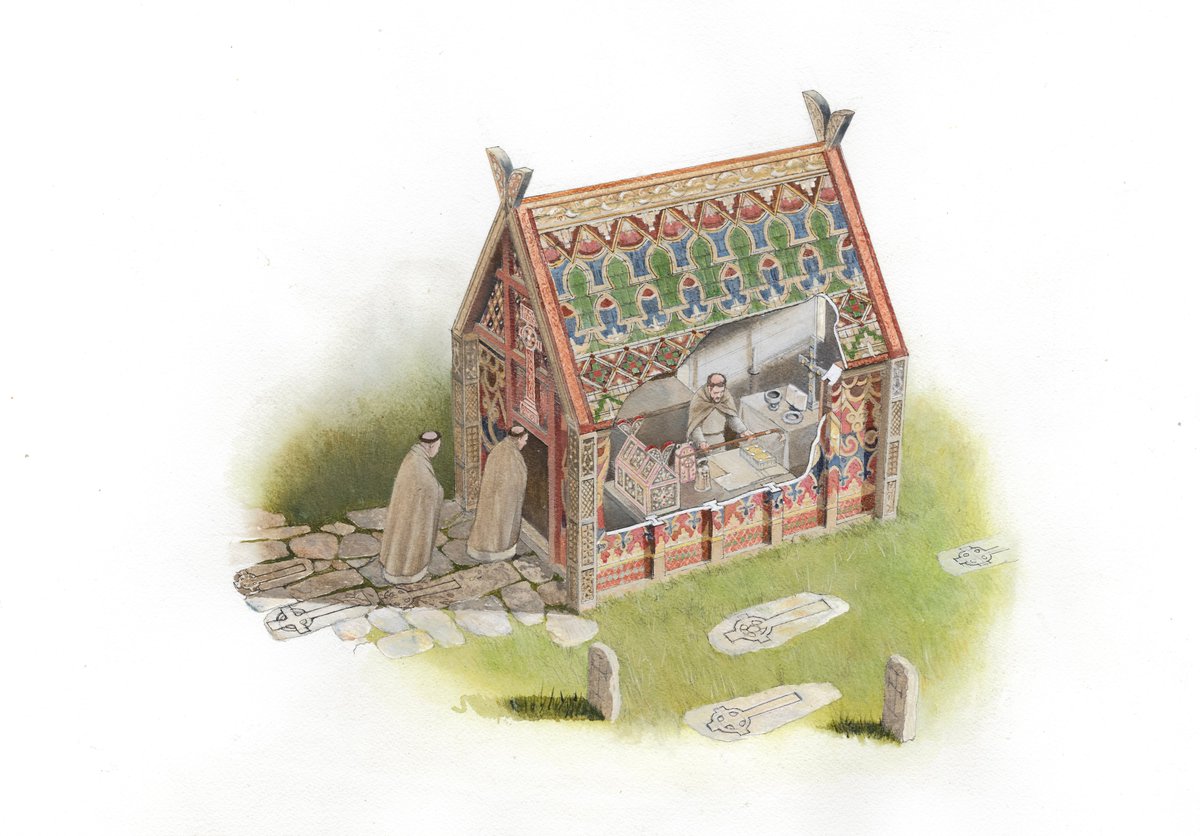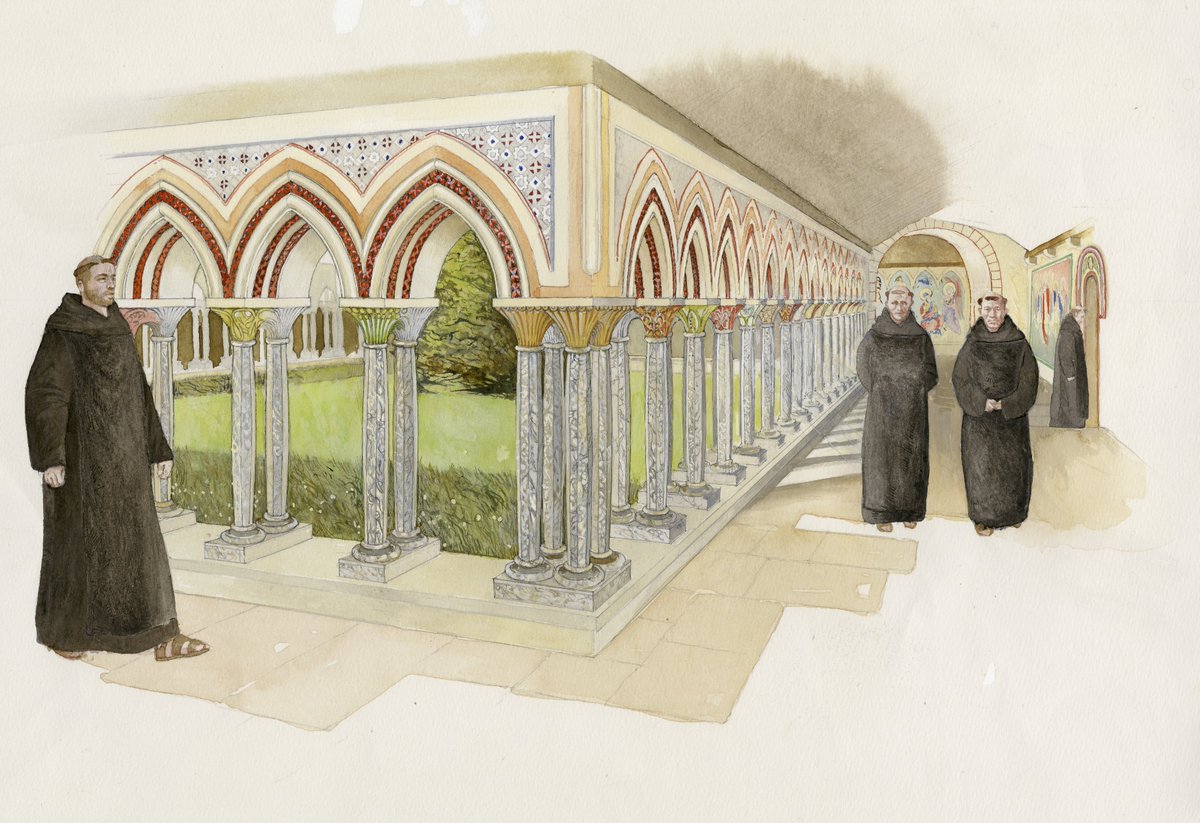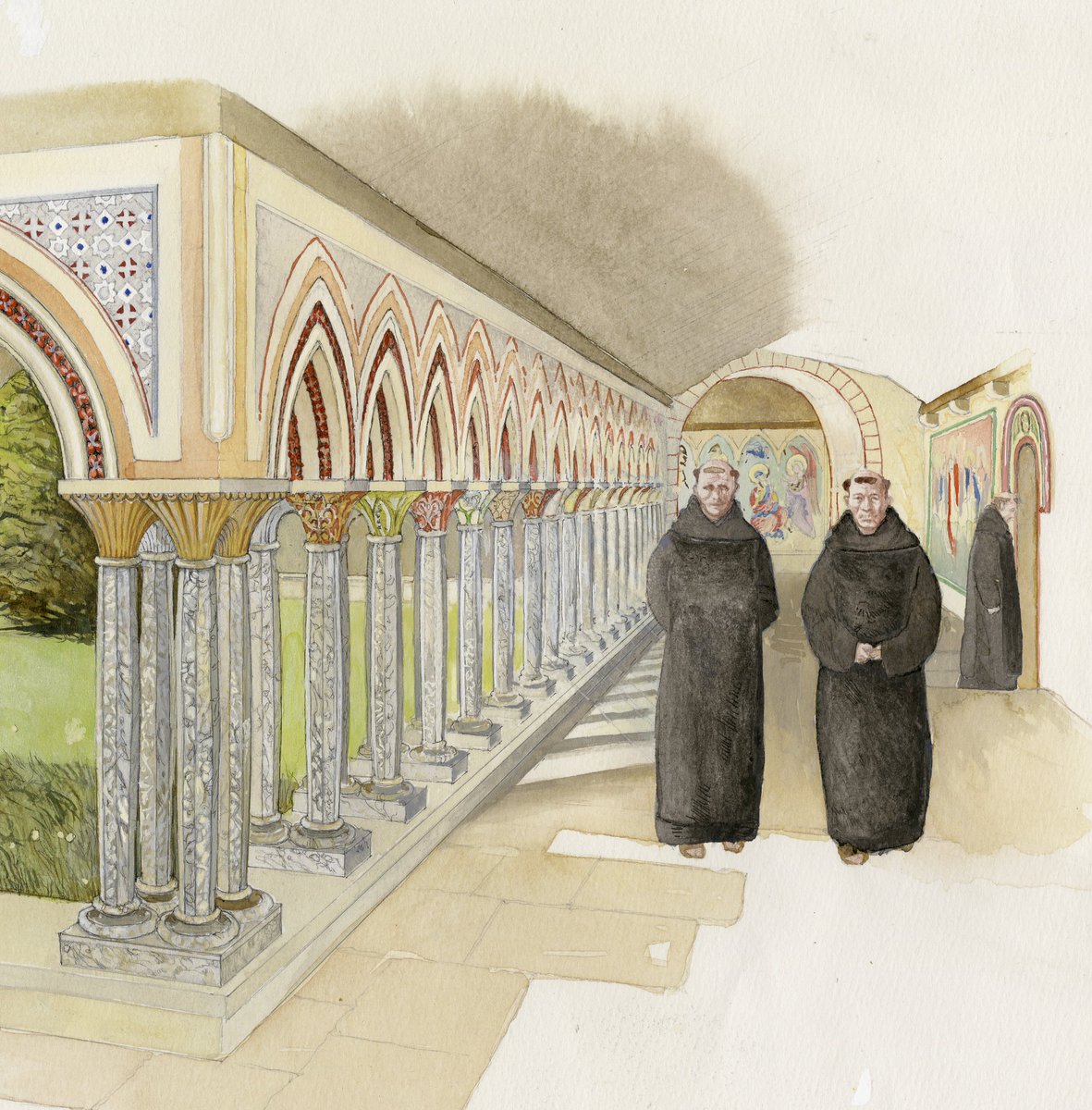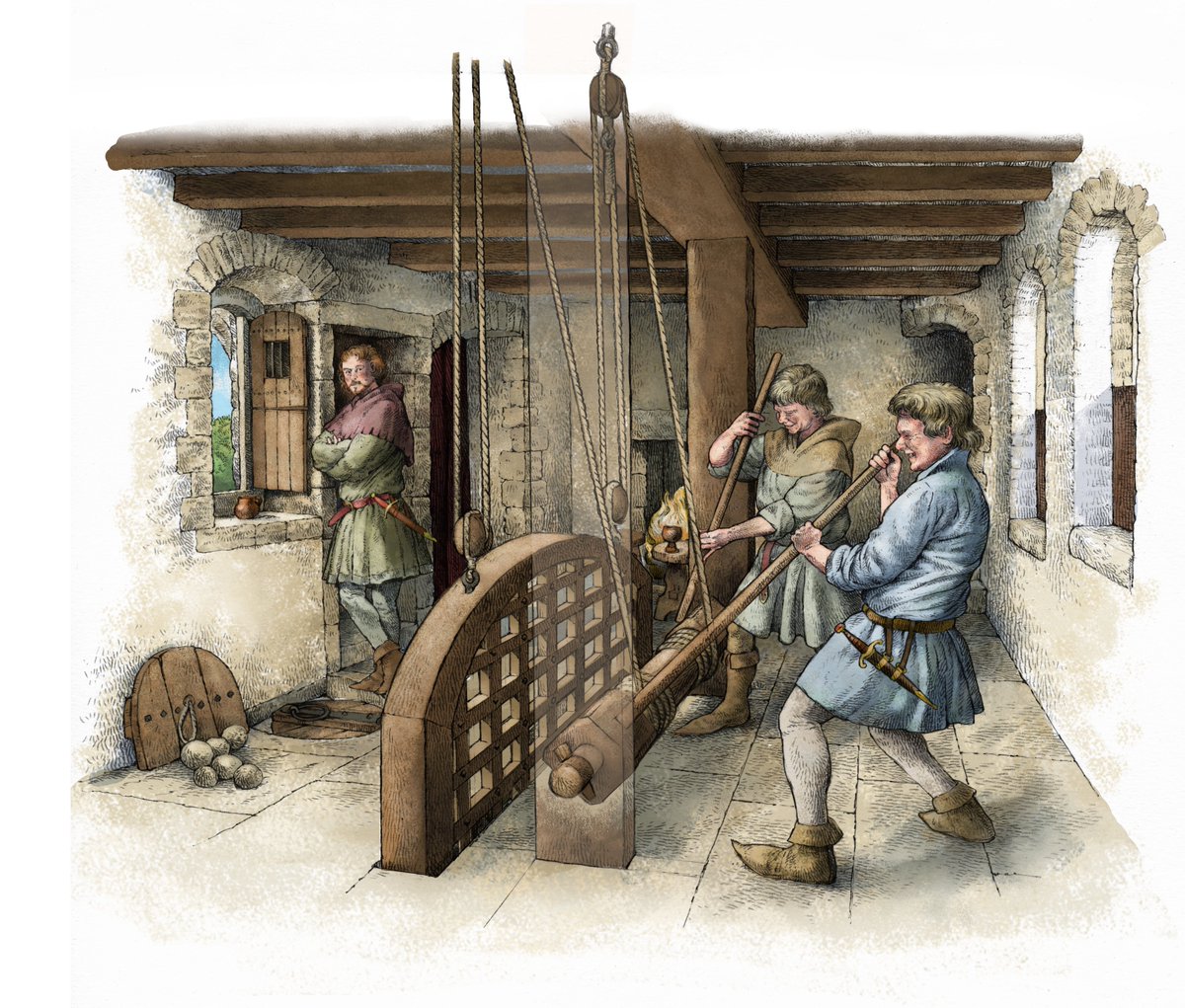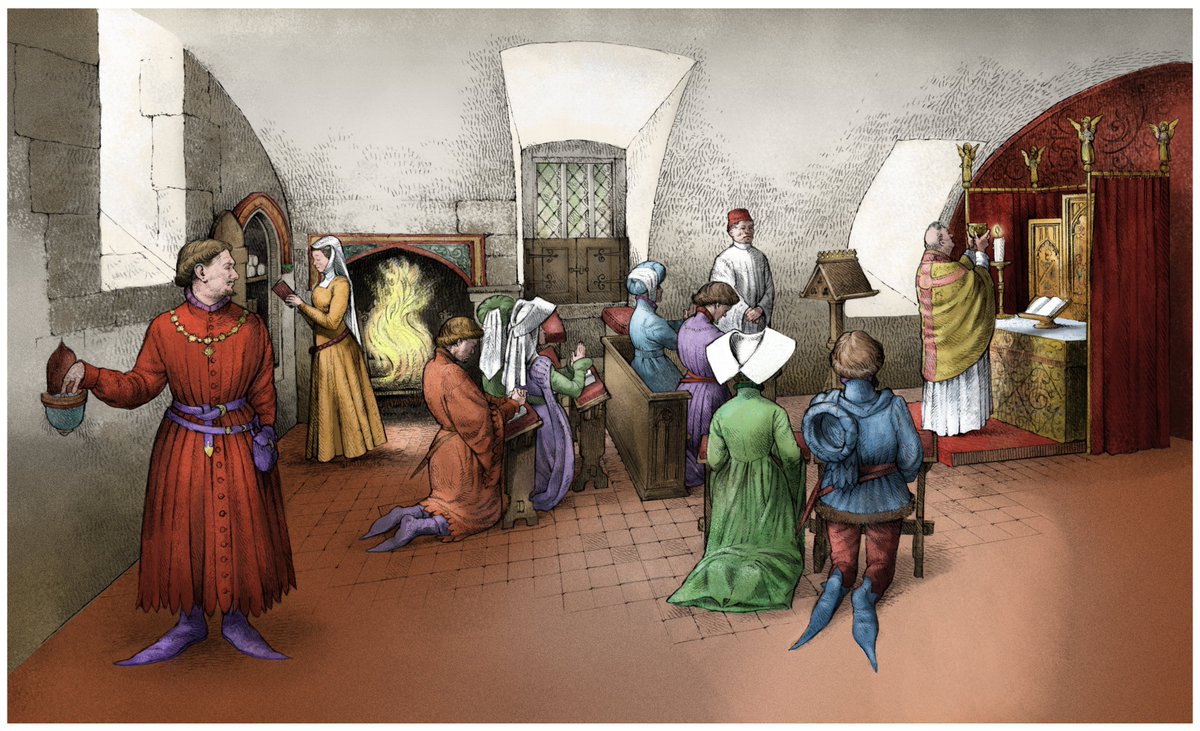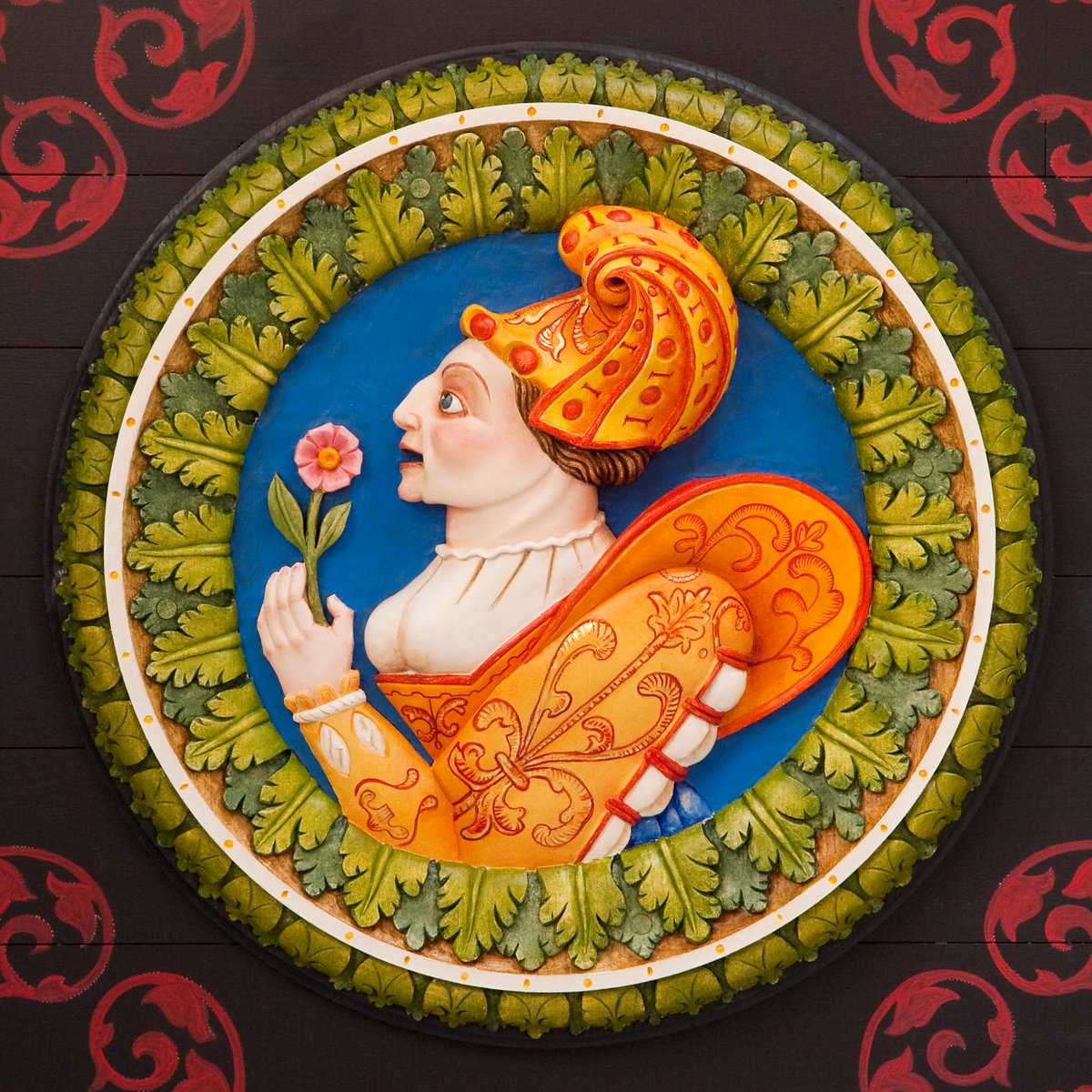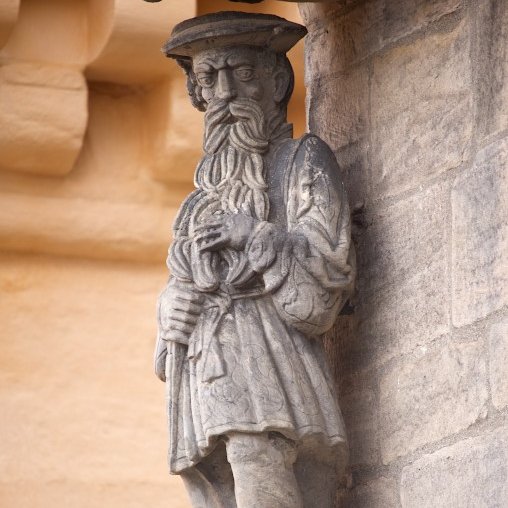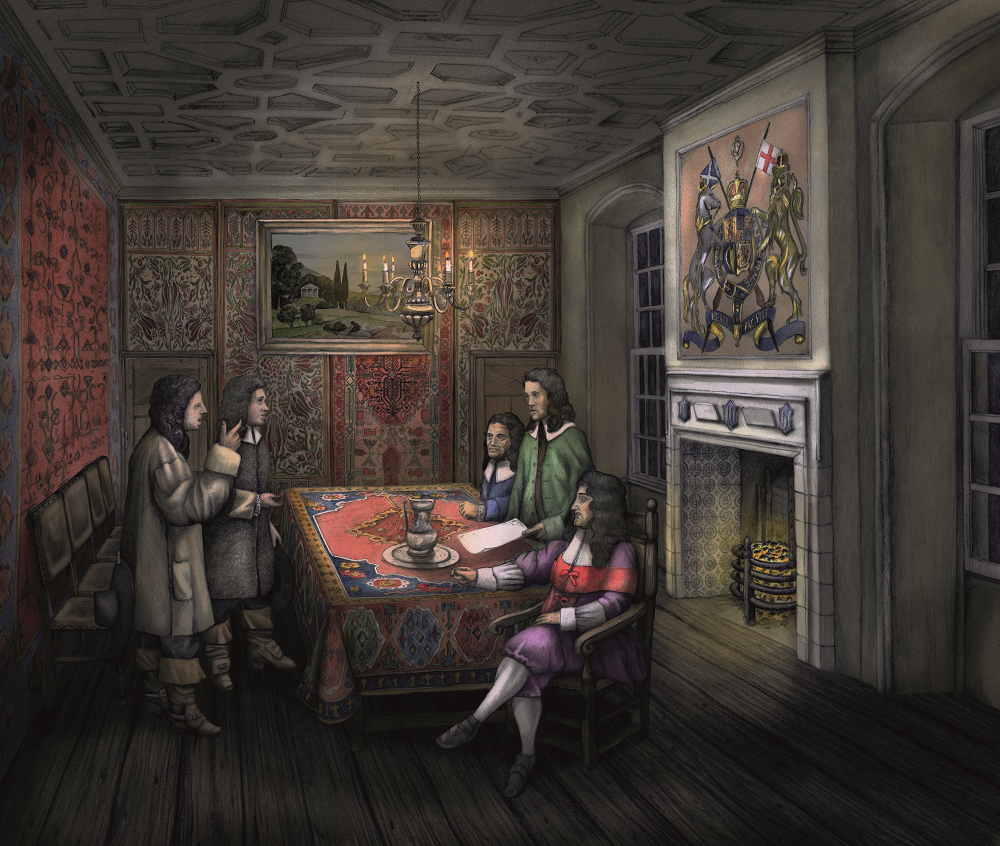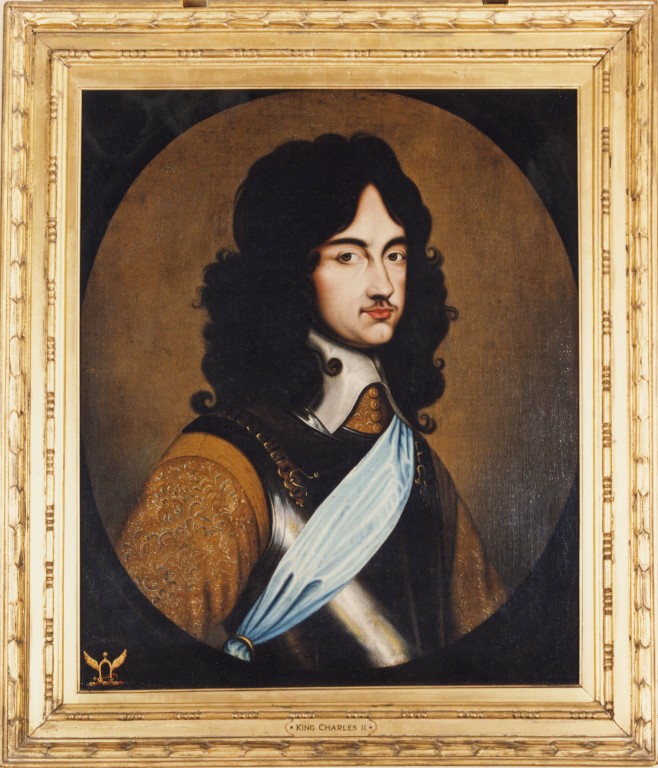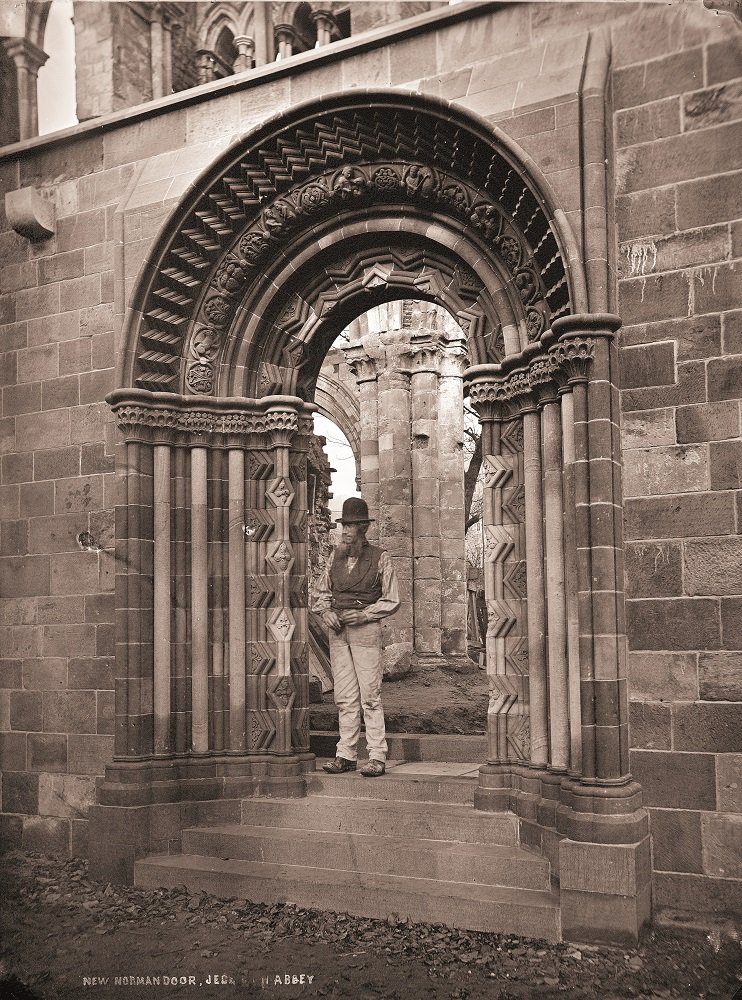The day is finally here! Not only are 200+ Historic Scotland sites open for you to explore, Scotland& #39;s hairdressers are also back!
If, like us, your hair has got *a little* wild during lock-down, why not take inspiration from Scottish history for a brand new look?
A https://abs.twimg.com/emoji/v2/... draggable="false" alt="💇" title="Person getting haircut" aria-label="Emoji: Person getting haircut">thread:
https://abs.twimg.com/emoji/v2/... draggable="false" alt="💇" title="Person getting haircut" aria-label="Emoji: Person getting haircut">thread:
If, like us, your hair has got *a little* wild during lock-down, why not take inspiration from Scottish history for a brand new look?
A
Prehistoric Shag Pile?
There is no clear evidence on whether prehistoric people styled their hair, but they wore jewellery, and perhaps make-up, especially during rituals.
Even before metalwork began in the Bronze Age, people were using flints sharp enough to cut hair or shave.
There is no clear evidence on whether prehistoric people styled their hair, but they wore jewellery, and perhaps make-up, especially during rituals.
Even before metalwork began in the Bronze Age, people were using flints sharp enough to cut hair or shave.
"The Caesar Cut"
The Romans certainly had a keen sense of style, which was adopted to a greater or lesser degree in outlying regions of the Roman Empire, which briefly included southern Scotland.
They also of course knew the therapeutic value of a good bath!
The Romans certainly had a keen sense of style, which was adopted to a greater or lesser degree in outlying regions of the Roman Empire, which briefly included southern Scotland.
They also of course knew the therapeutic value of a good bath!
Pictish tools of the trade...
We don’t really know how the Picts styled their hair, though figures on some of their carved stones suggest that a beard signified status...
We don’t really know how the Picts styled their hair, though figures on some of their carved stones suggest that a beard signified status...
...the stones also carry a number of carvings of mirrors, combs and – here and there – shears. These suggest that Picts took pride in their appearance.
The theory that they went in for tattoos in a big way has never been proved!
The theory that they went in for tattoos in a big way has never been proved!
"The Early Christian Hypermullet"
Columba and other Celtic monks may have adopted a backloaded do that was very different from the tonsure now associated with monks.
Perhaps it was this stylish coiffure that enabled them to convert the Picts to Christianity in the 6th century?
Columba and other Celtic monks may have adopted a backloaded do that was very different from the tonsure now associated with monks.
Perhaps it was this stylish coiffure that enabled them to convert the Picts to Christianity in the 6th century?
The Vikings: B-raiders from the Sea
Vikings probably weren’t the first to introduce fancy braiding and beading to these isles, but there’s evidence they took pride in their long blond locks.
And like the Romans, they were alert to the health benefits of a sauna https://abs.twimg.com/emoji/v2/... draggable="false" alt="🧖" title="Person in dampfigem Raum" aria-label="Emoji: Person in dampfigem Raum">
https://abs.twimg.com/emoji/v2/... draggable="false" alt="🧖" title="Person in dampfigem Raum" aria-label="Emoji: Person in dampfigem Raum">
Vikings probably weren’t the first to introduce fancy braiding and beading to these isles, but there’s evidence they took pride in their long blond locks.
And like the Romans, they were alert to the health benefits of a sauna
That Tonsure Thing...
From the 7th or 8th century until as late as 1972, monks throughout Europe shaved a patch of hair at the middle of the head to signify humility.
Monastic barbers must have become very skilled at pate-shaving but presumably there were bandages to hand!
From the 7th or 8th century until as late as 1972, monks throughout Europe shaved a patch of hair at the middle of the head to signify humility.
Monastic barbers must have become very skilled at pate-shaving but presumably there were bandages to hand!
Simple and modest, "the pudding bowl" was popular with men from the 12th to the 15th century.
It may have been inspired by military crops from the Crusades or monastic tonsures - but was often concealed by flamboyant headwear.
It may have been inspired by military crops from the Crusades or monastic tonsures - but was often concealed by flamboyant headwear.
The Renaissance: Saying It Loud
A wave of artistic and cultural innovation came to Scotland from Italy via France from the 15th century onwards.
Fashionable elites revelled in outlandish outfits, hair contained in bejewelled hairnets called cauls, offset by flamboyant headwear.
A wave of artistic and cultural innovation came to Scotland from Italy via France from the 15th century onwards.
Fashionable elites revelled in outlandish outfits, hair contained in bejewelled hairnets called cauls, offset by flamboyant headwear.
For a statue he commissioned for the Palace @stirlingcastle, James V had himself depicted like an Old Testament prophet with a long beard.
There is no evidence from his portraits that he ever sported such impressive bristles!
There is no evidence from his portraits that he ever sported such impressive bristles!
Wigs became popular in the 16th century – famously worn by Elizabeth I to dazzle the world with her ginger locks, when in reality she was almost bald.
But it was in the 17th century that they really began to be essential, as can be seen in this meeting at Craigmillar Castle.
But it was in the 17th century that they really began to be essential, as can be seen in this meeting at Craigmillar Castle.
By the 18th century, heads at the court of Loius XVI and Marie Antoinette bubbled over with artificial curls.
Even the flamboyant Charles II struggled to keep up!
The savage trim given to the French royals by Madame Guillotine may have been a factor in the decline of the wig...
Even the flamboyant Charles II struggled to keep up!
The savage trim given to the French royals by Madame Guillotine may have been a factor in the decline of the wig...
The 19th Century: "Careless Whiskers"
It’s not clear why, but the reign of Queen Victoria was the era of the sideburn – and for once, the fashion was not limited to the aristocracy. Our model is a humble stonemason, at work on a doorway at Jedburgh Abbey.
It’s not clear why, but the reign of Queen Victoria was the era of the sideburn – and for once, the fashion was not limited to the aristocracy. Our model is a humble stonemason, at work on a doorway at Jedburgh Abbey.
So, what are you having? We& #39;ll probably skip the medieval pudding bowl and go straight for the Viking braids...
Let us know if we missed your favourite historic hairstyle! Happy styling!
Let us know if we missed your favourite historic hairstyle! Happy styling!

 Read on Twitter
Read on Twitter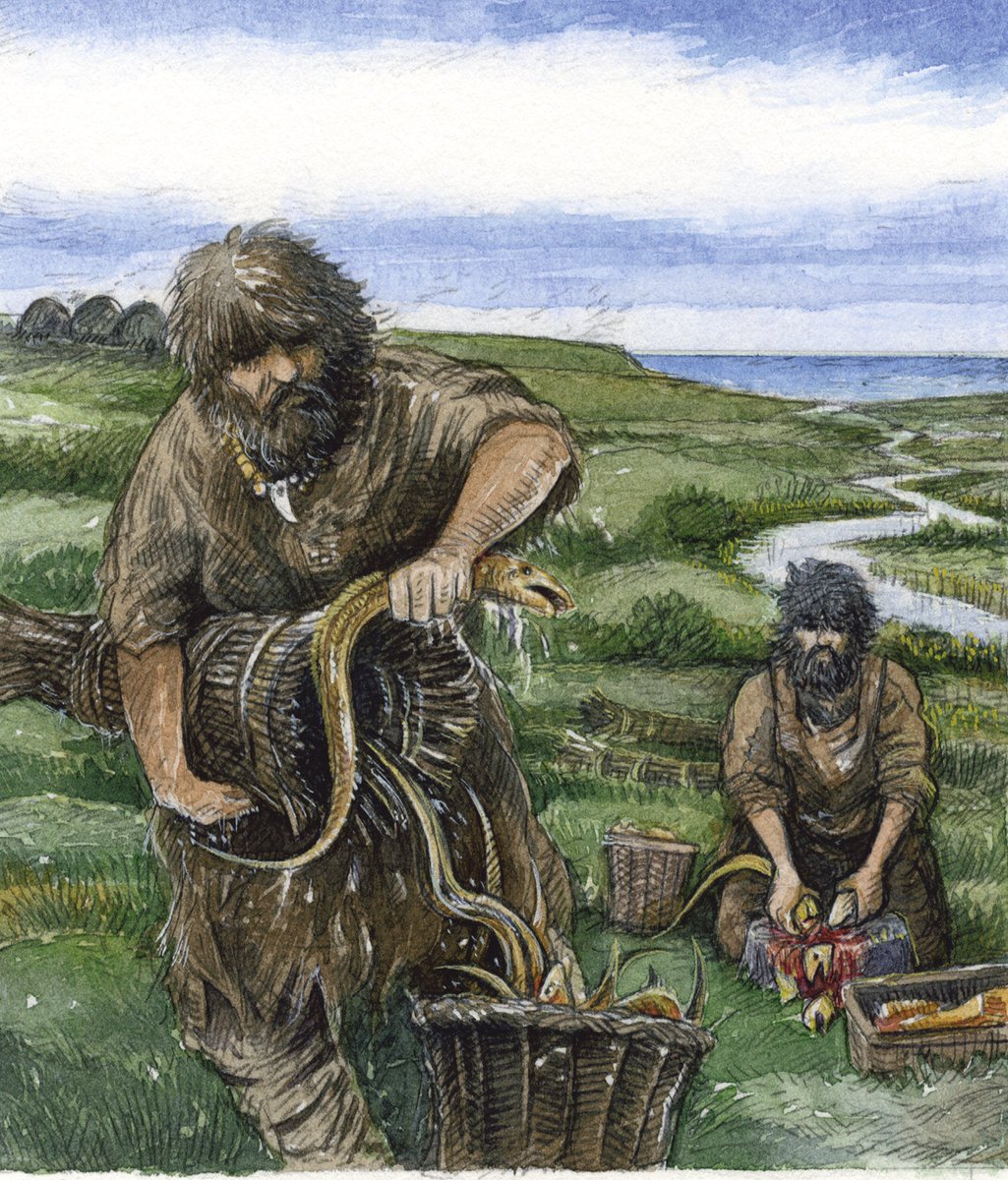
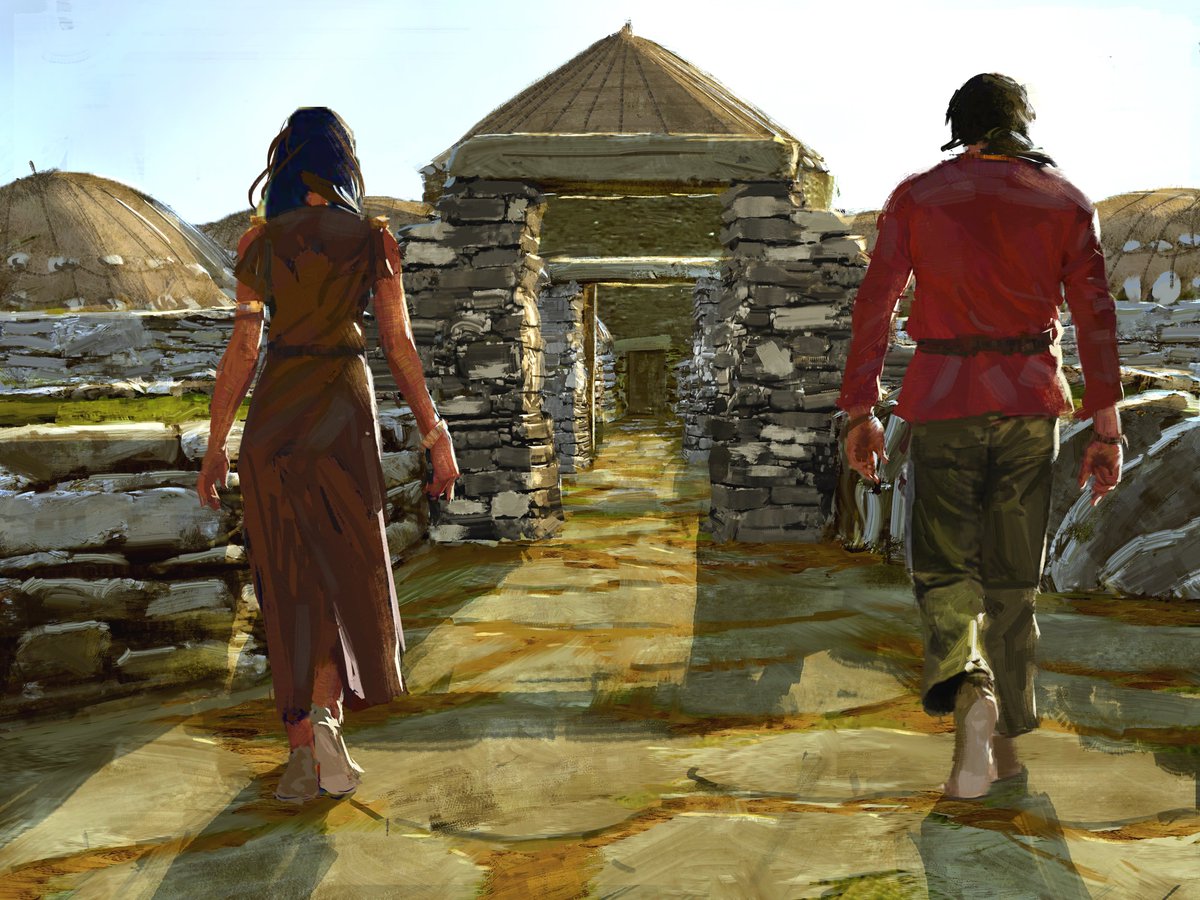
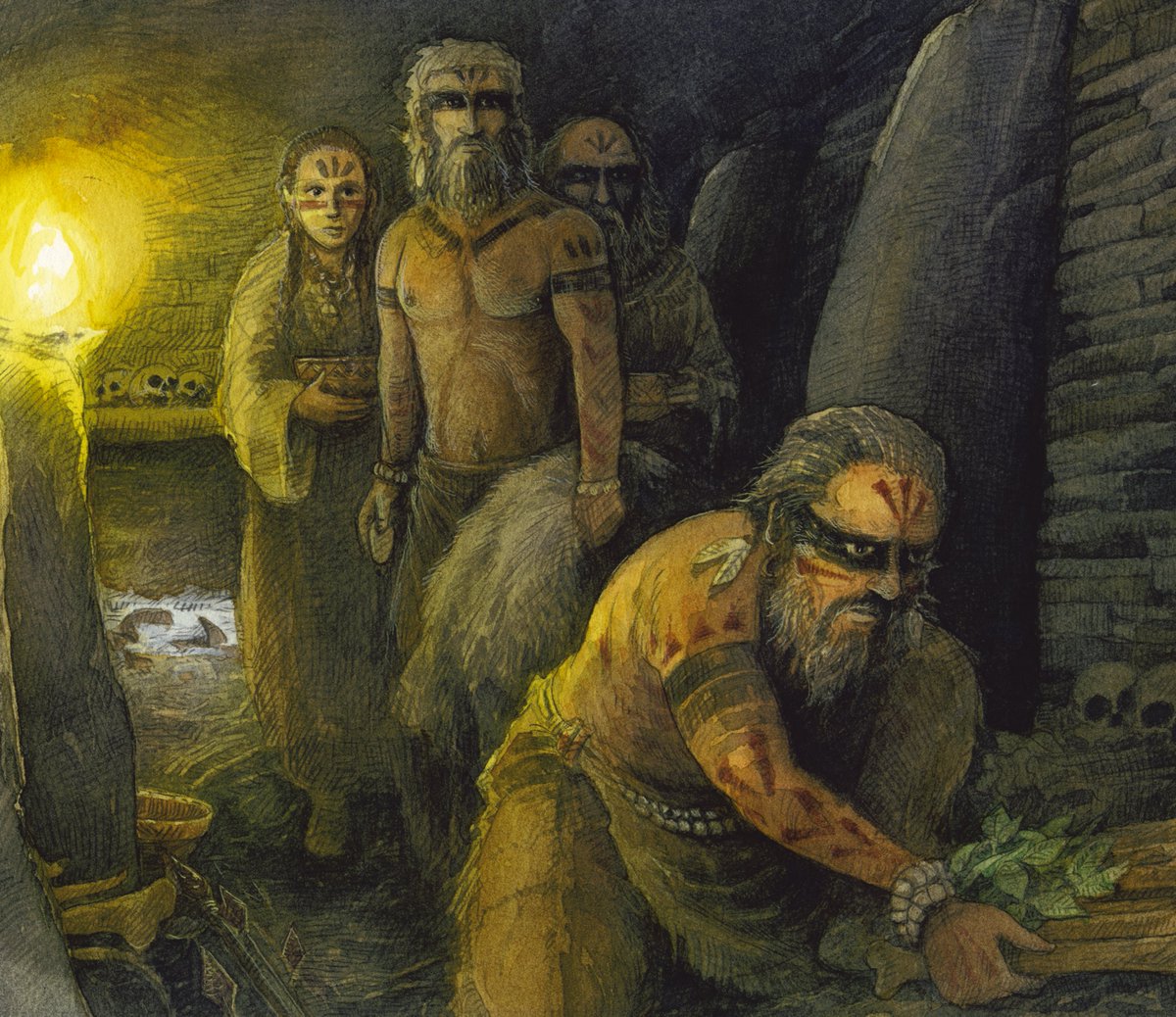
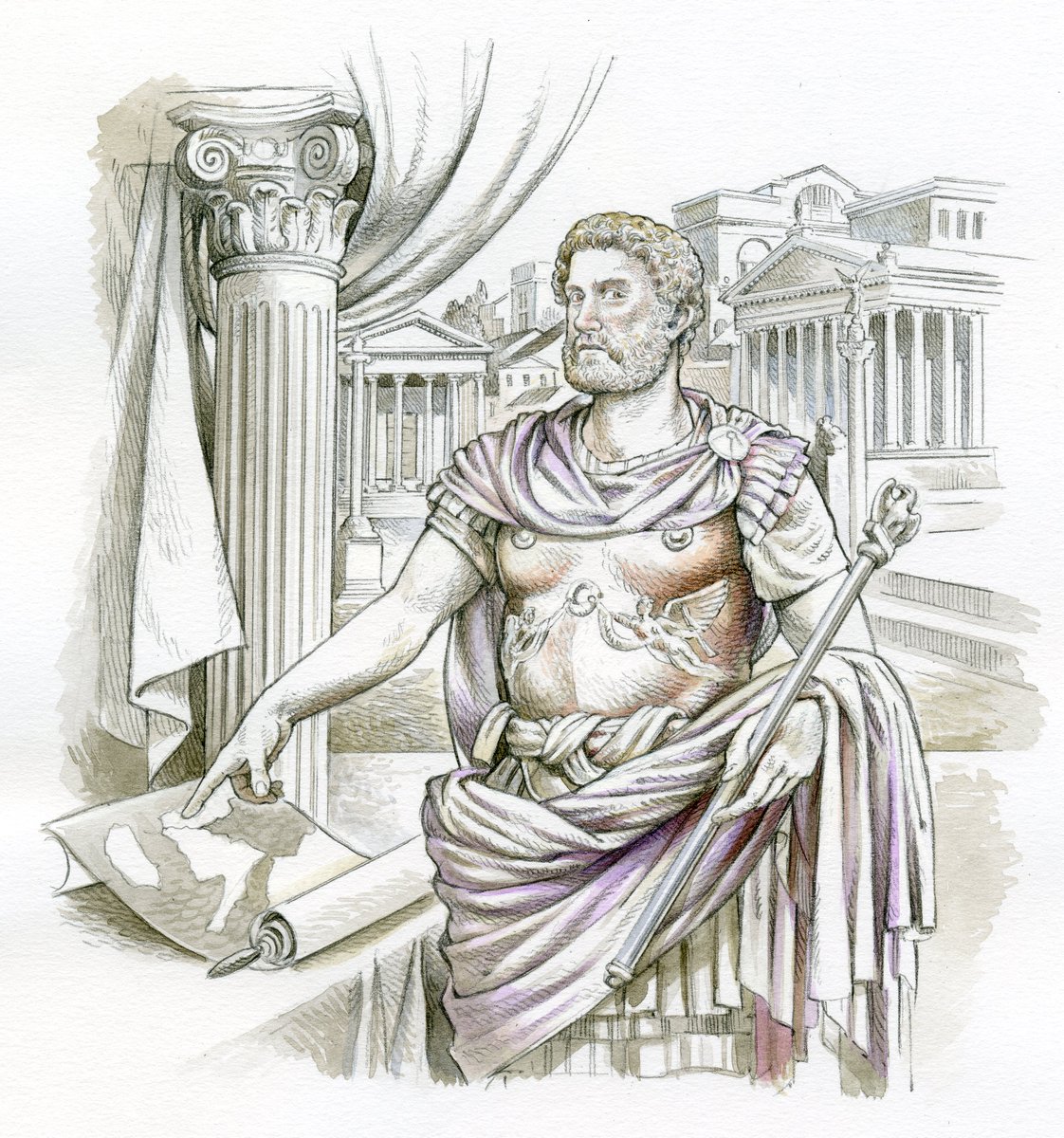
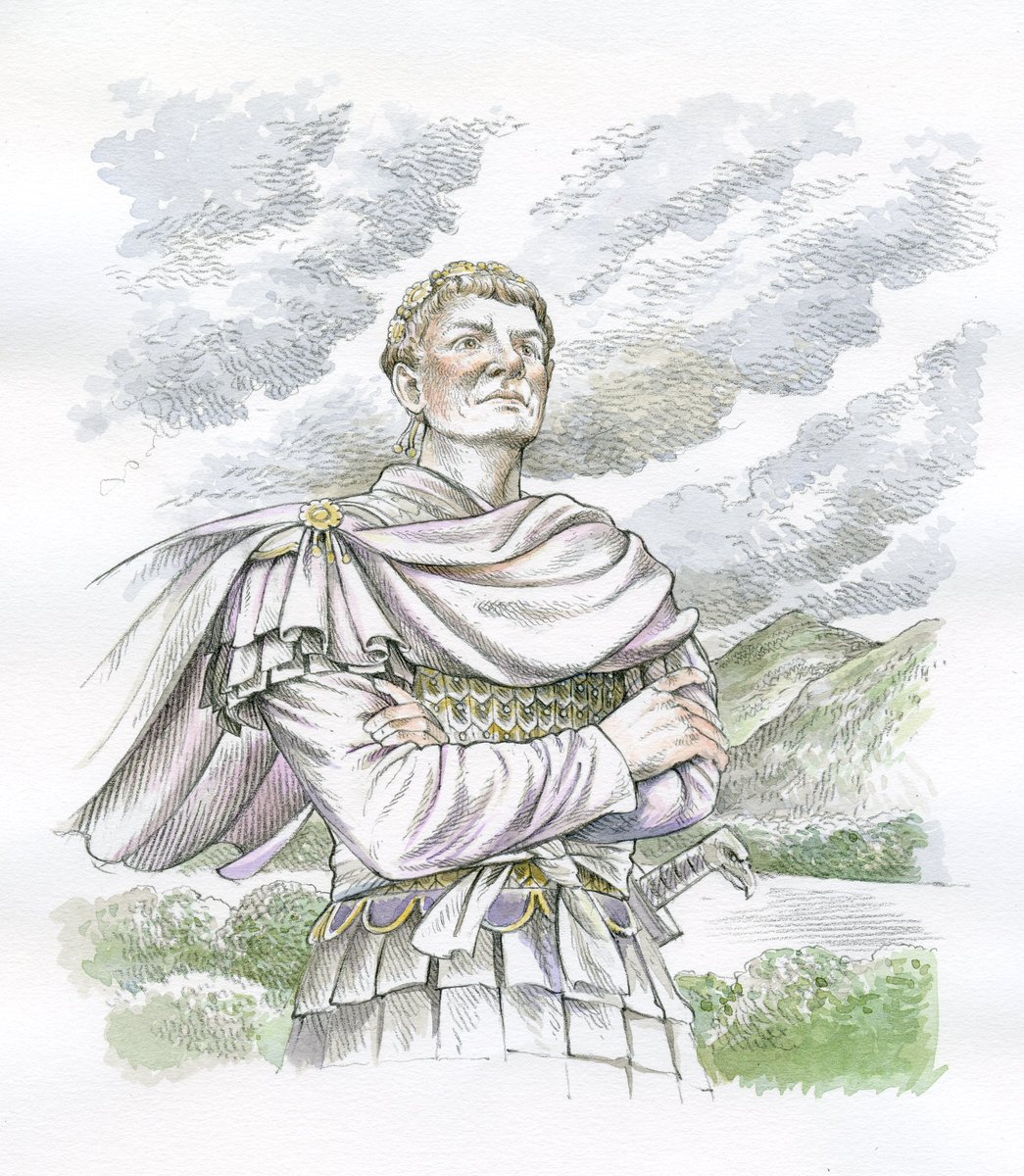
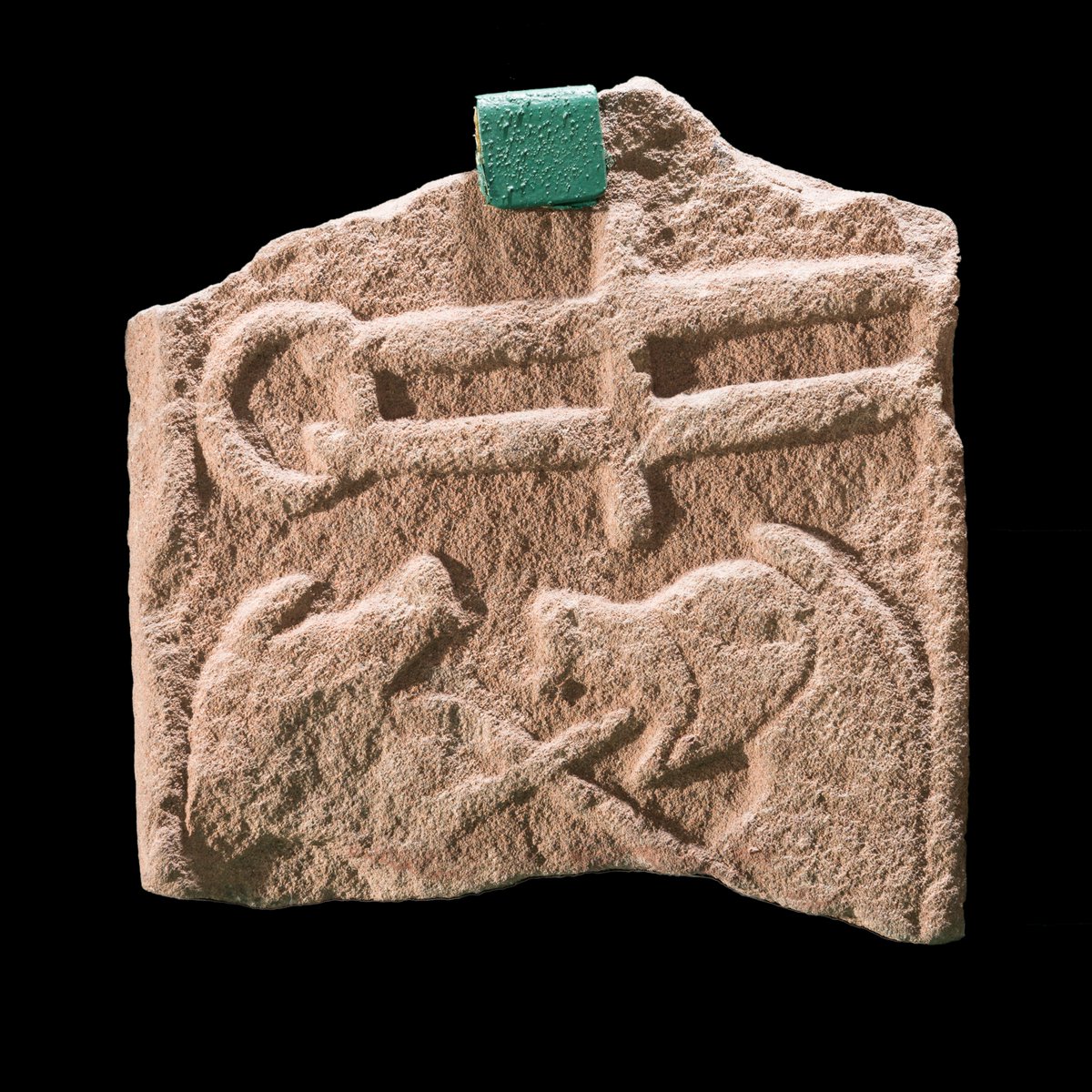
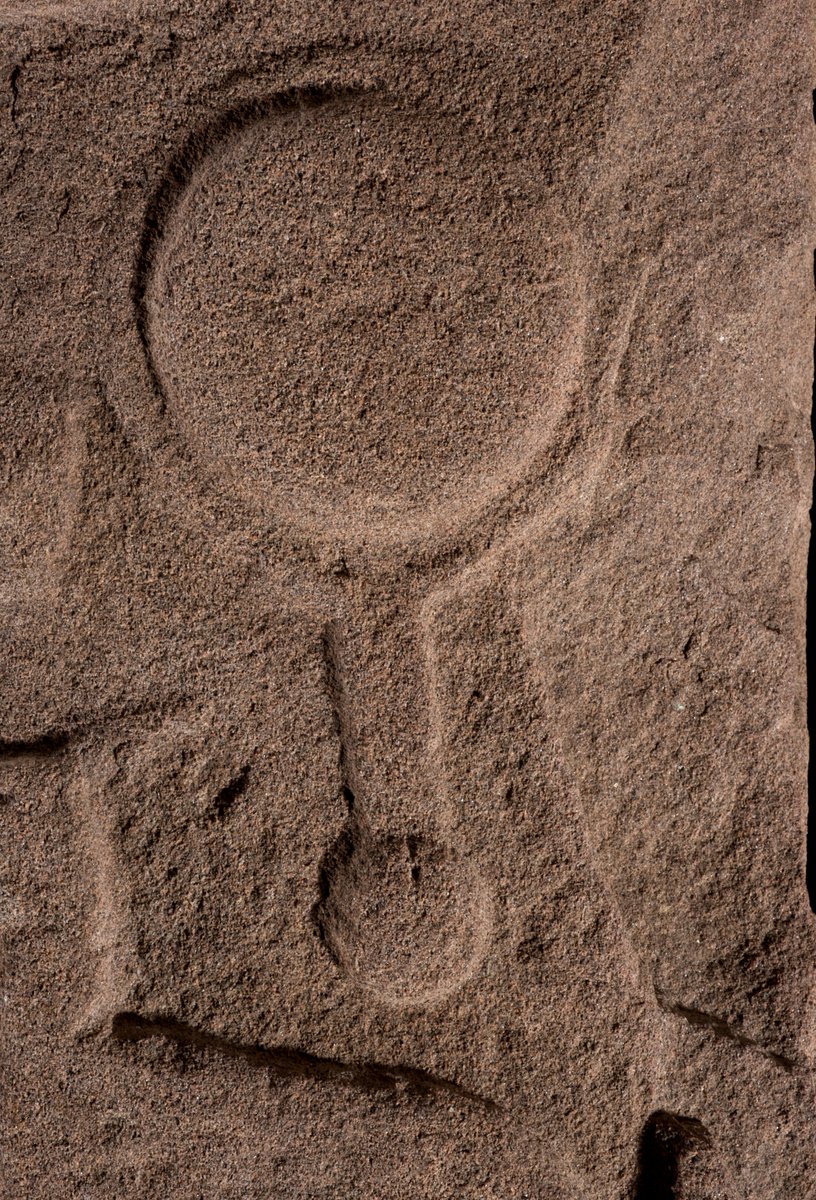
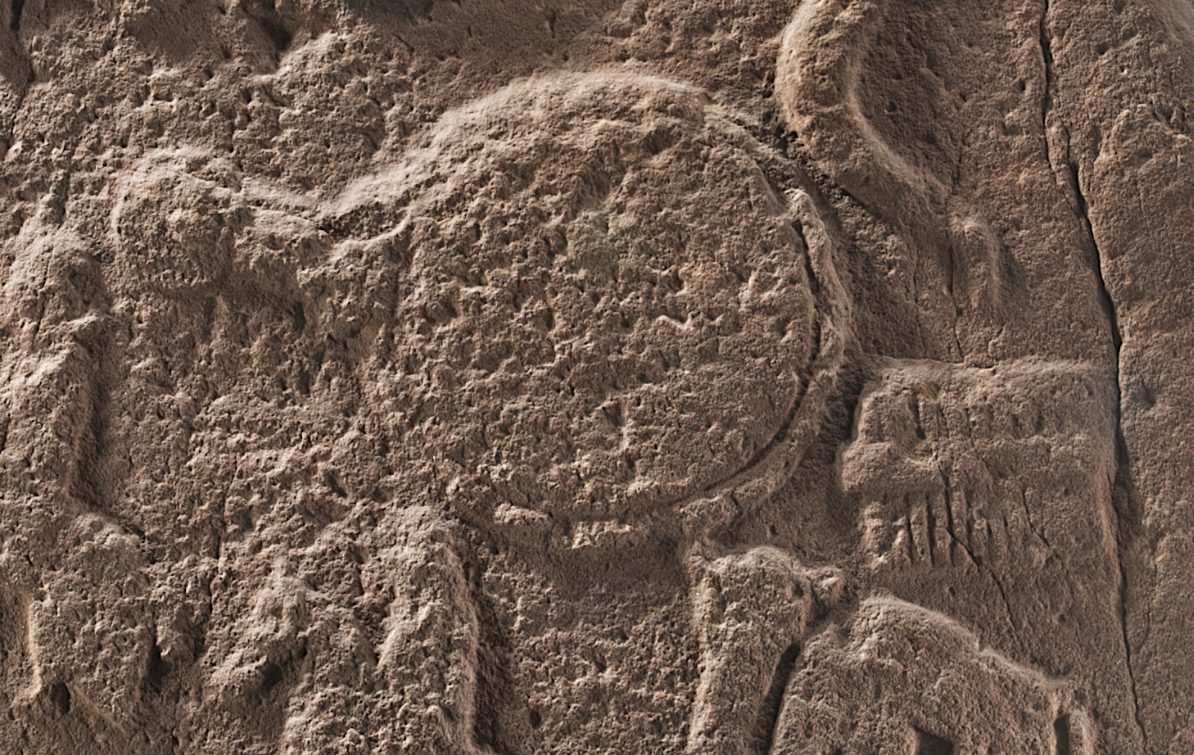
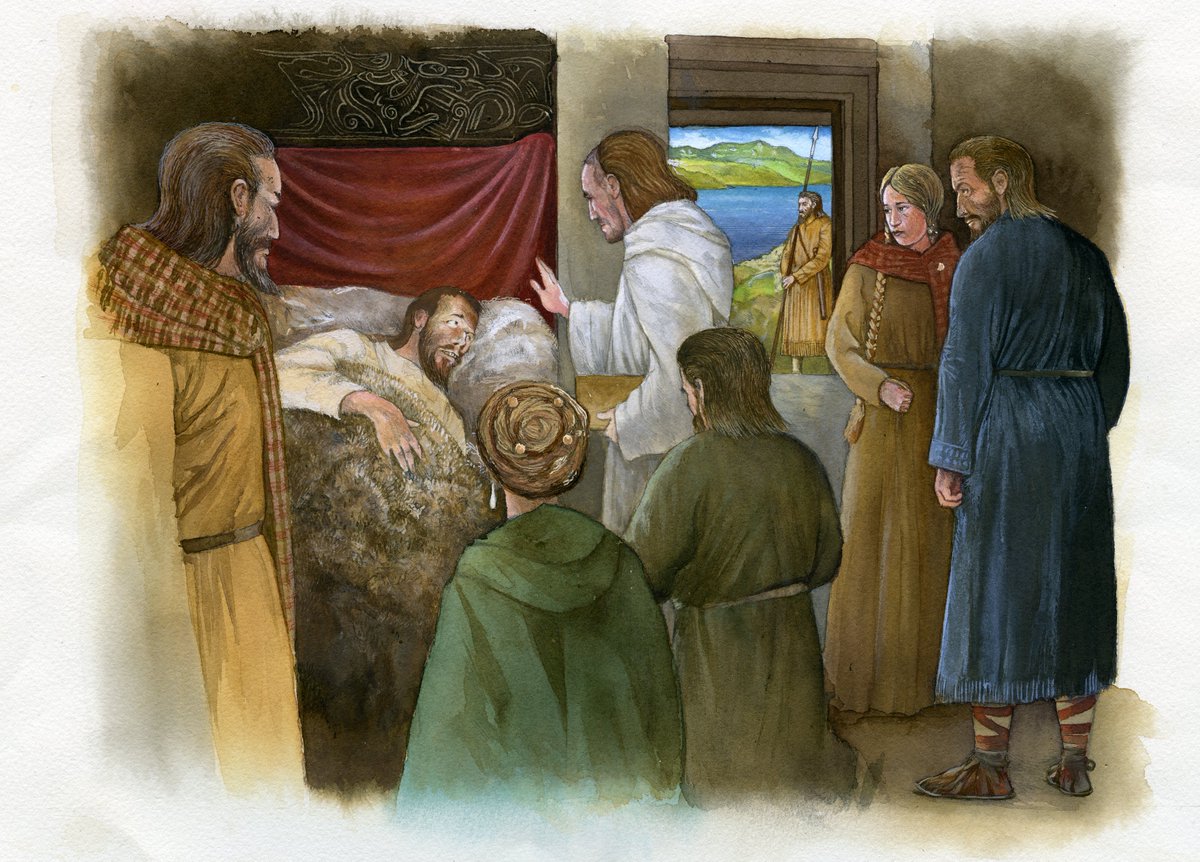
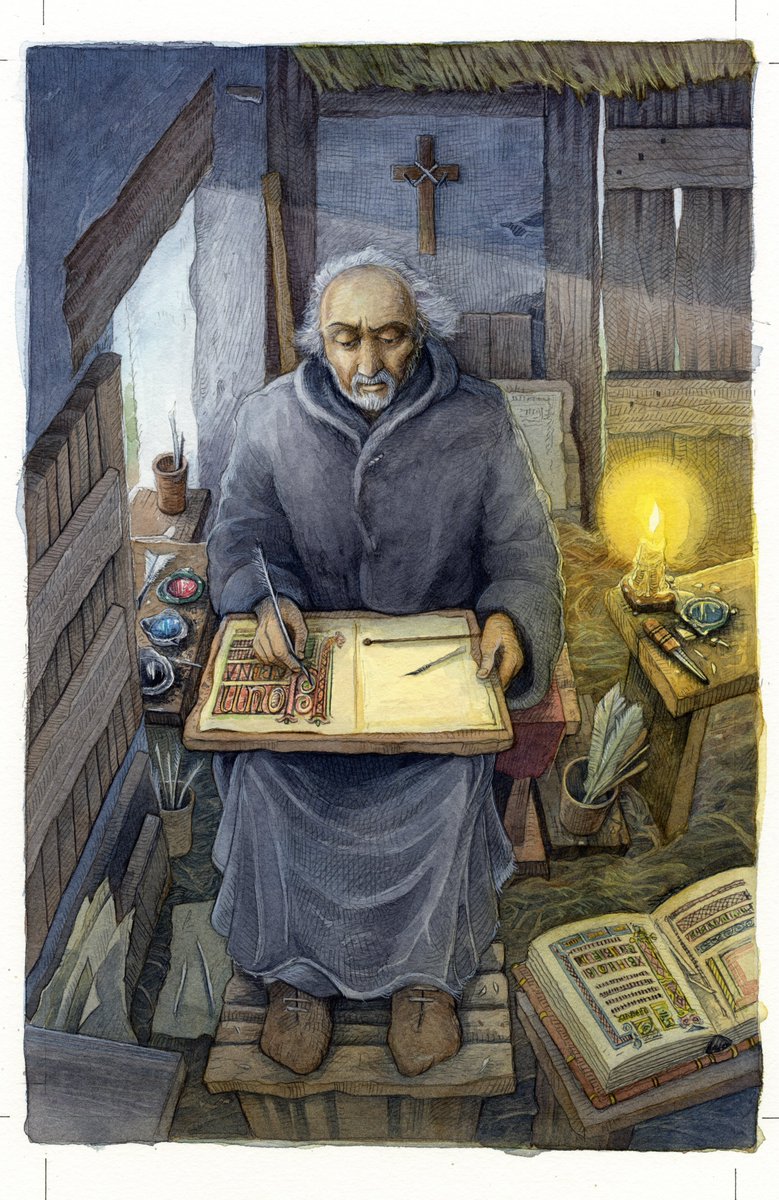
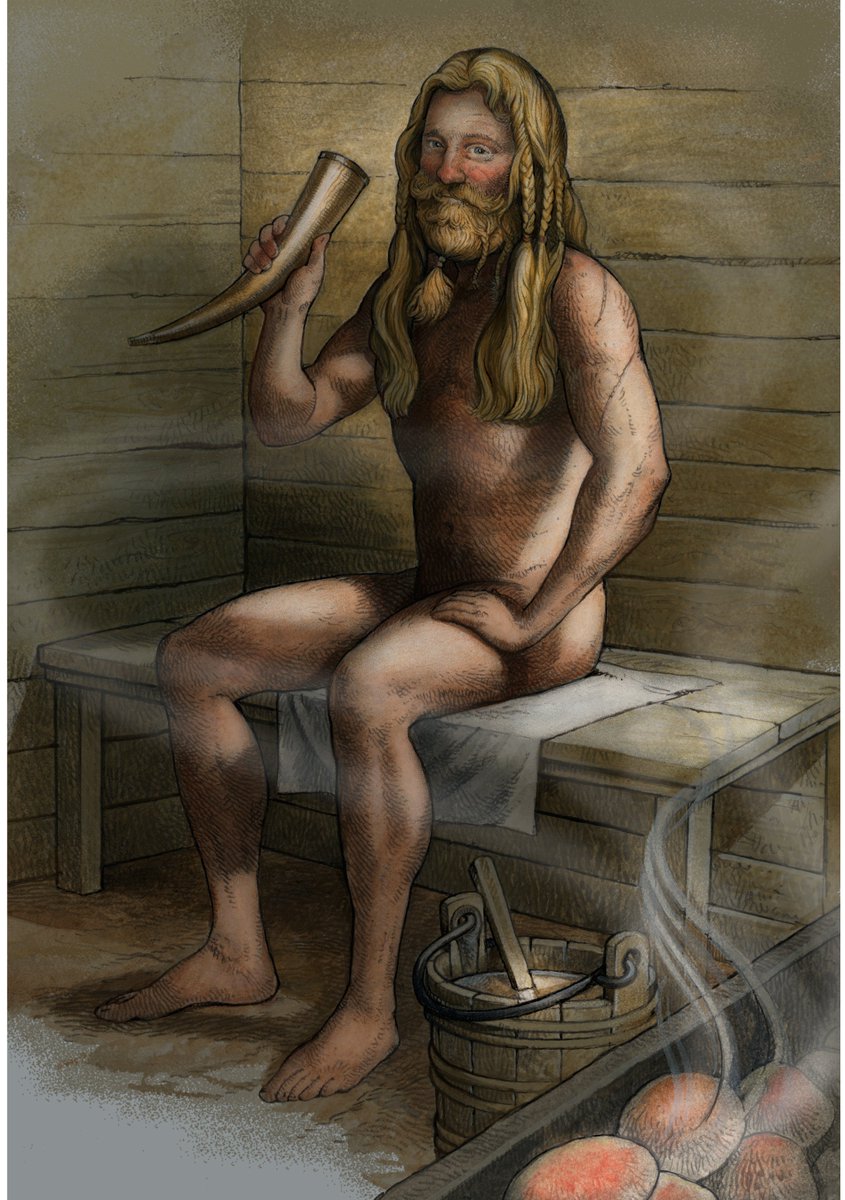 " title="The Vikings: B-raiders from the SeaVikings probably weren’t the first to introduce fancy braiding and beading to these isles, but there’s evidence they took pride in their long blond locks. And like the Romans, they were alert to the health benefits of a sauna https://abs.twimg.com/emoji/v2/... draggable="false" alt="🧖" title="Person in dampfigem Raum" aria-label="Emoji: Person in dampfigem Raum">" class="img-responsive" style="max-width:100%;"/>
" title="The Vikings: B-raiders from the SeaVikings probably weren’t the first to introduce fancy braiding and beading to these isles, but there’s evidence they took pride in their long blond locks. And like the Romans, they were alert to the health benefits of a sauna https://abs.twimg.com/emoji/v2/... draggable="false" alt="🧖" title="Person in dampfigem Raum" aria-label="Emoji: Person in dampfigem Raum">" class="img-responsive" style="max-width:100%;"/>
